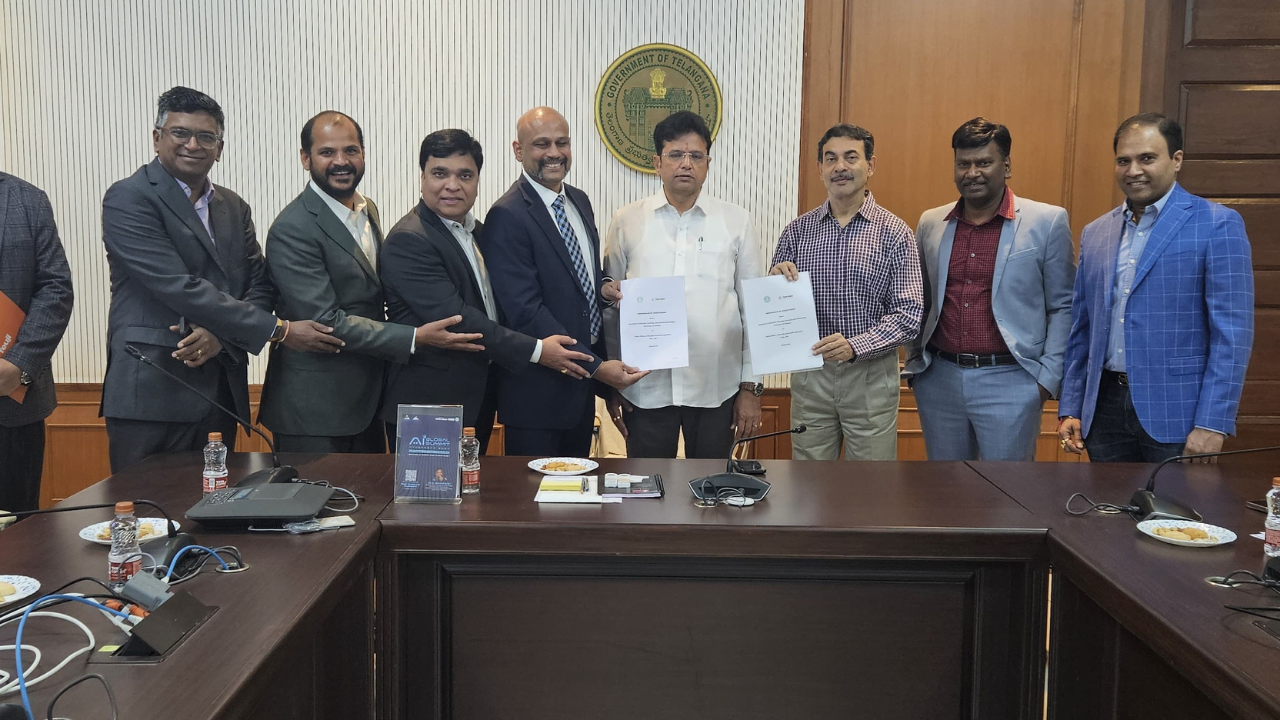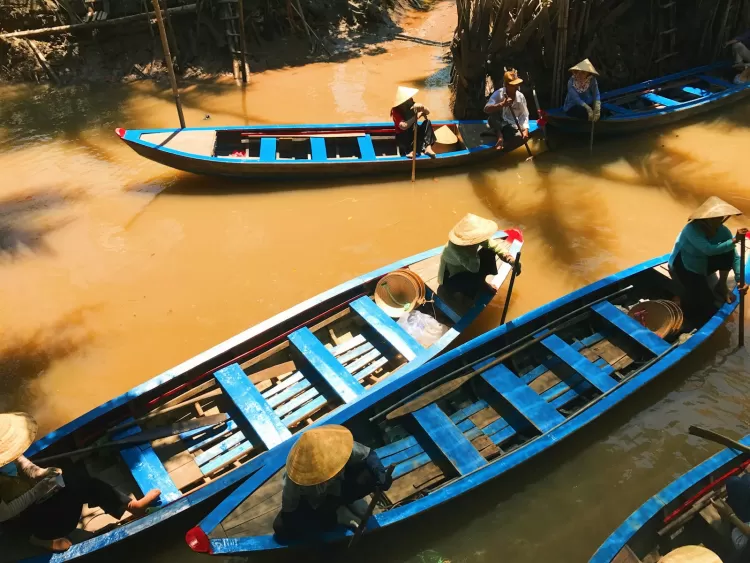Climate change driven shrimp farming in the Sundarbans is disrupting ecology, livelihoods
High economic gains has given rise to unchecked and unscientific forms of brackish water aquaculture while locals have lost their land.


In the small village of Nagendrapur, located in the Sundarban Biosphere Reserve in West Bengal, a mere six-foot-wide lane separates a vast wetland used for aquaculture from a cluster of poorly constructed shanties. One of these shanties is home to Roshanara Piyada, her husband, Saidulla Piyada, and their three children.
“Every time it rains, saline water from the fishery overflows and floods our home,” said 31-year-old Roshanara while washing dishes at a freshwater pond next to the fishery.
“We used to work as agricultural laborers before aquaculture started on this land. Now it has become tough to make ends meet,” said Saidulla, pointing to the wide landscape of aquaculture ponds with a thin line of greenery at the other end, some 600-700 metres away. “That is mangroves. They were closer, but these aquaculture people keep destroying them every year.”
The land where they once worked was converted into a fishery a decade ago, an increasing trend in the region. The landowners leased the land to an aquaculture operator who now employs his own workers, leaving Saidulla, Roshanara and their neighbors unemployed.
“We are called to either till the land or build embankments before they refill the water in the fisheries at the beginning of each season,” said 48-year-old Saidulla. “But even...



































![Safari Thorium Neo 8-Wheel Luggage Set Trolley Bags (Set of 3) at just Rs. 5,599 [MRP 29,100]](https://savefree.in/uploads/images/202409/image_870x580_66f63845060f0.webp?#)












![Handmade Brown Mango Wood Chopping Board At just Rs. 89 [MRP 599]](http://savefree.in/uploads/images/202303/image_870x580_641bf7e9c2206.jpg?#)


